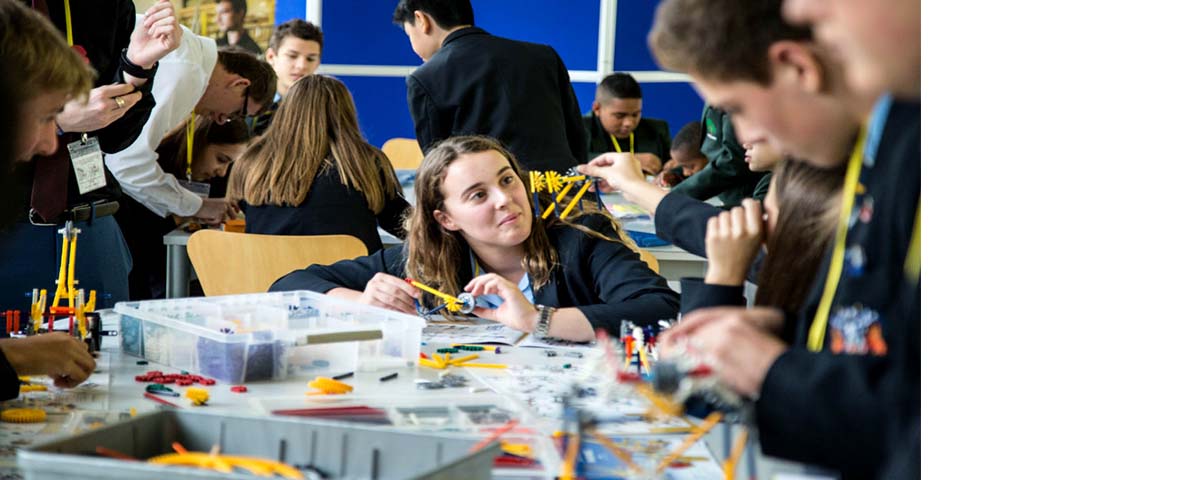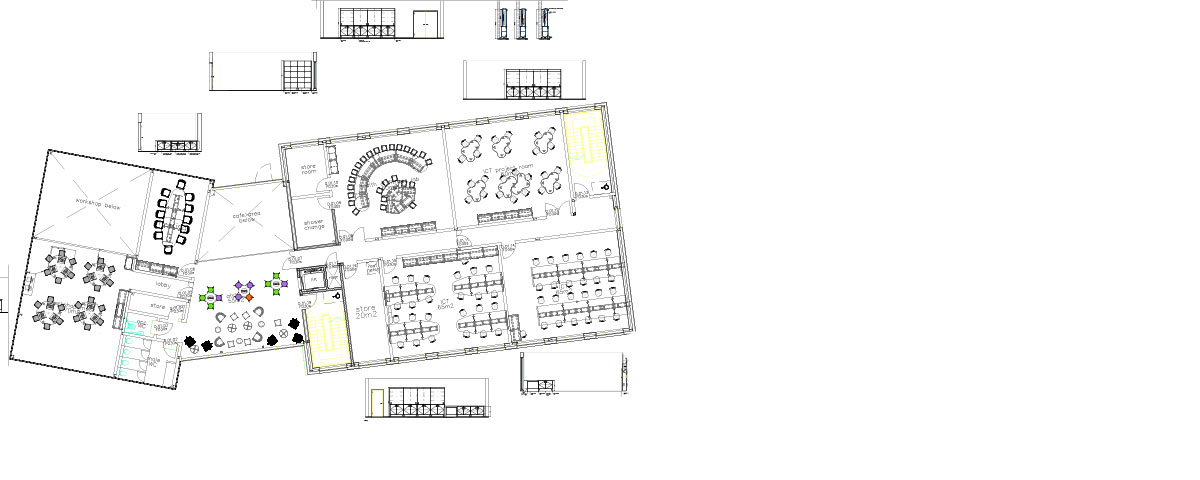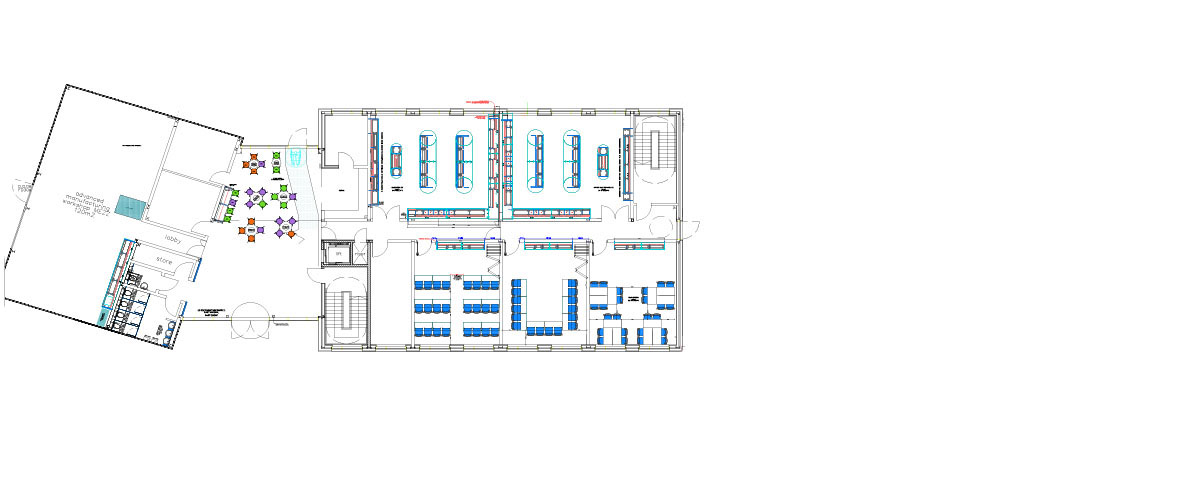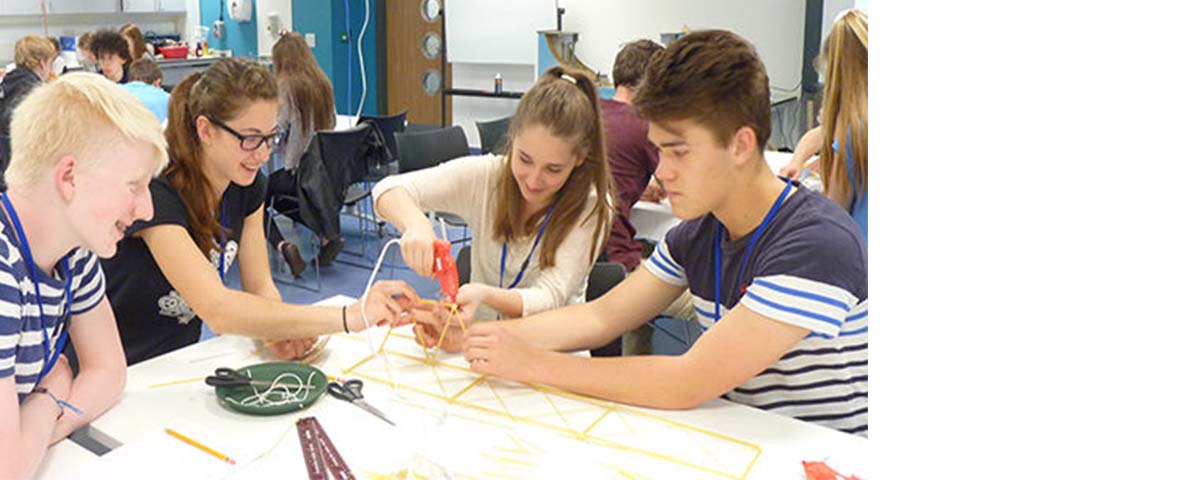British Science Week: How to create inspirational STEM designs
The challenge of Brexit is upon us and the clock is ticking if we want to have the workforce we need to compete in the world. School performance measurements should reflect closely the skill requirements of the UK economy and reward subject expertise in the skill areas most demanded.
Did you know the majority of future jobs will be maths and science based? According to the British Science Council 7.1 million UK jobs will rely on science skills by 2030 – a 1.3 million increase on today’s number.
Designed for parents, STEM School Finder ranks schools in an area on their ability in ‘STEM’ (Science, Technology, Engineering and Maths) A Level subjects.
The search tool has been developed by Your Life – the Department for Education backed campaign to boost take-up in maths and physics A-levels – using an analysis of performance data in Stem and other subjects from England’s 2,500 secondary schools.
Researchers found that schools which achieve top A-level grades (A* to B) in other subjects are more likely to do so in Stem, but the percentage of A-level entries in Stem varies greatly per school, which impacts on the overall Stem ranking.
So how do we create the perfect leaning environment for the scientists of tomorrow?
STEM disciplines are integrated with real-world applications so students grasp connections between everyday life, school and work.
Centered around project-based learning, an effective STEM classroom fosters a positive culture that allows students to problem-solve, collaborate, create, test ideas, and build with their hands. The goal of stem classroom design is to inspire students to think, innovate, prototype, and research in teams.
There are a number of factors to consider when designing STEM facilities, here we highlight some of the key points for consideration:

- Technology: Students today have grown up with technology, and use it in every day. The use of technology in STEM environments includes a number of activitie’s from researching information, entering data, and even illustrating the results of their experiments on digital devices. They may be designing graphics for their prototypes, working on a project webpage, coding, and so on.
It’s important to incorporate technology within the curriculum because it will help prepare students for future advancements and job requirements.
- Teamwork: In project-based environments, it is advantageous to incorporate small group work where students learn how to be proficient in dividing up tasks, and how to learn from their peers. Having strong teamwork skills is necessary for personal development.
- Communication: Today’s students communicate in different ways than previous generations. It’s important that the curriculum helps facilitate the exchange of information and provides an atmosphere where students can communicate freely and amongst one another.
- Decision-Making: Being able to develop the skills to choose the best option among alternatives will help students prepare for real world obstacles and decisions that they will face. This also goes along with creative thinking and for students to be able to intuitively understand problems and come up with innovative ways to solve those dilemmas.
Essential design requirements:
Planning design layouts and furniture carefully, for these dynamic STEM classrooms is critical for meeting the long-term needs of students and staff.
STEM interiors need to be adaptable, flexible, mobile and ergonomic, incorporate shared facilities for multiple disciplines rather than the “silo-ed” classroom culture. Provide areas for interaction, so that students can congregate and work together, improving productivity, increasing stimulation and satisfaction.
Furniture needs to accommodate both individual and team work, provide technology workstations and allow flexibility as activities change.

- Define the requirements: Plan carefully how the room will be used and what activities will be taking place from the maximum number of students using the room, numbers working in groups, positioning of technology and whether these items will be shared or used individually, whether you require a central flexible meeting space, where students unite before they break into groups? to what storage areas will be required to house equipment and project work whilst minimising clutter.
- Desks and Tables: The STEM curriculum is based on collaborative learning rather than the traditional lectured lessons. Setting up a room with tables that can be re-arranged in a number of ways, provides multiple advantages for community based learning. When designing science classrooms having flexible lab table systems that can be adjusted depending on the present and future curriculum requirements will allow teachers with more options when it comes curriculum choices.
For teachers who need to consult with groups that are working on projects, plan a meeting place at each group. Possible solutions are a half-round table at the end of each workstation grouping, or a single table that can be moved around the room. Also, orient the classroom so students can see whiteboards and other technology easily

- Storage: Having storage that allows students to safely store in-progress assignments will allow them to continually work on an activity over an extended period of time. Consider storage at each workstation as well as additional large storage areas at the front of the classroom.
- Seating Arrangements: The traditional stationary single seat with the table attached facing the front of the room is making its way out. With a STEM classroom students are provided with rolling chairs that make it easy to move around and casual lounging chairs for collaborative thinking. Having range of motion adds functionality to any space.
There’s no doubt that STEM is picking up steam as schools, colleges and universities continue looking to the possibilities STEM learning presents. So how do you bridge the gap and get STEM into your classrooms?
Contact
If you would like to request a free consultation and design, simply call us on 0161 477 5300 or email us here.



